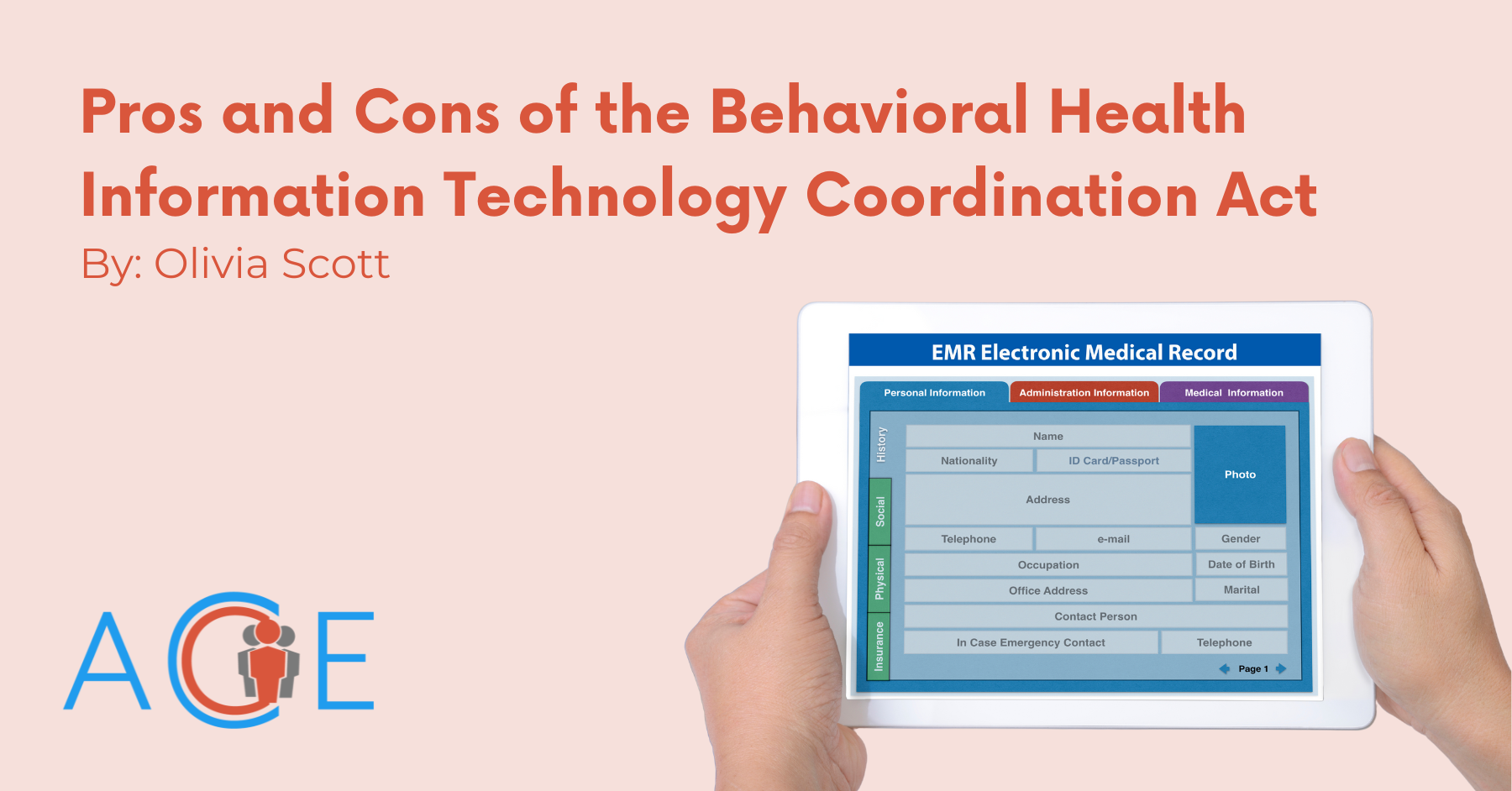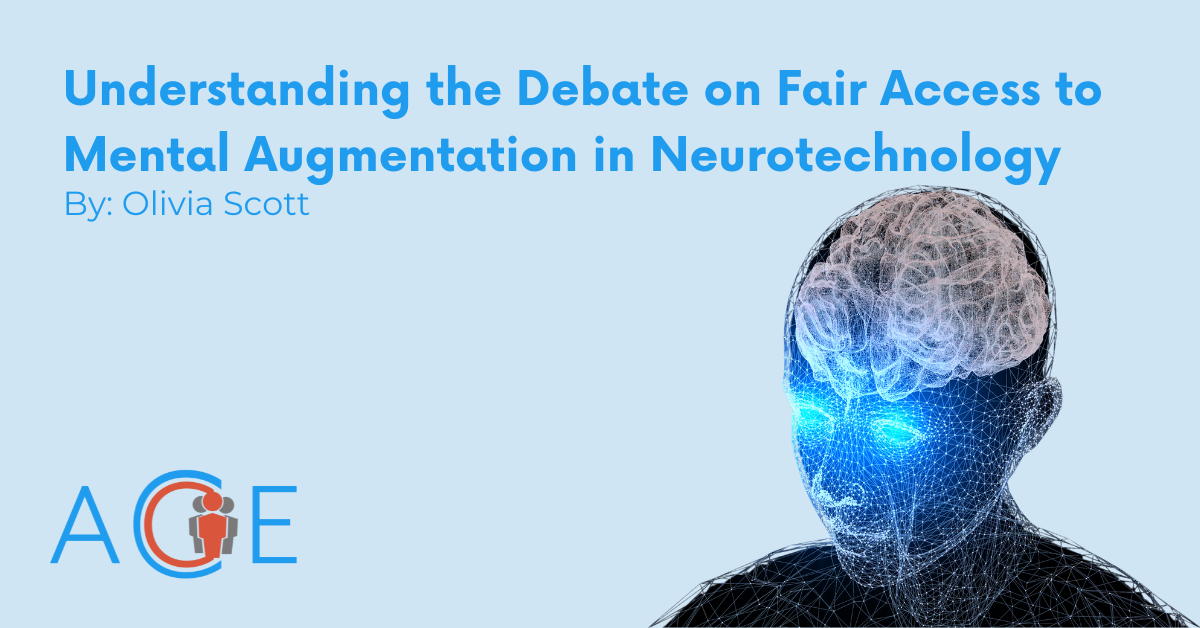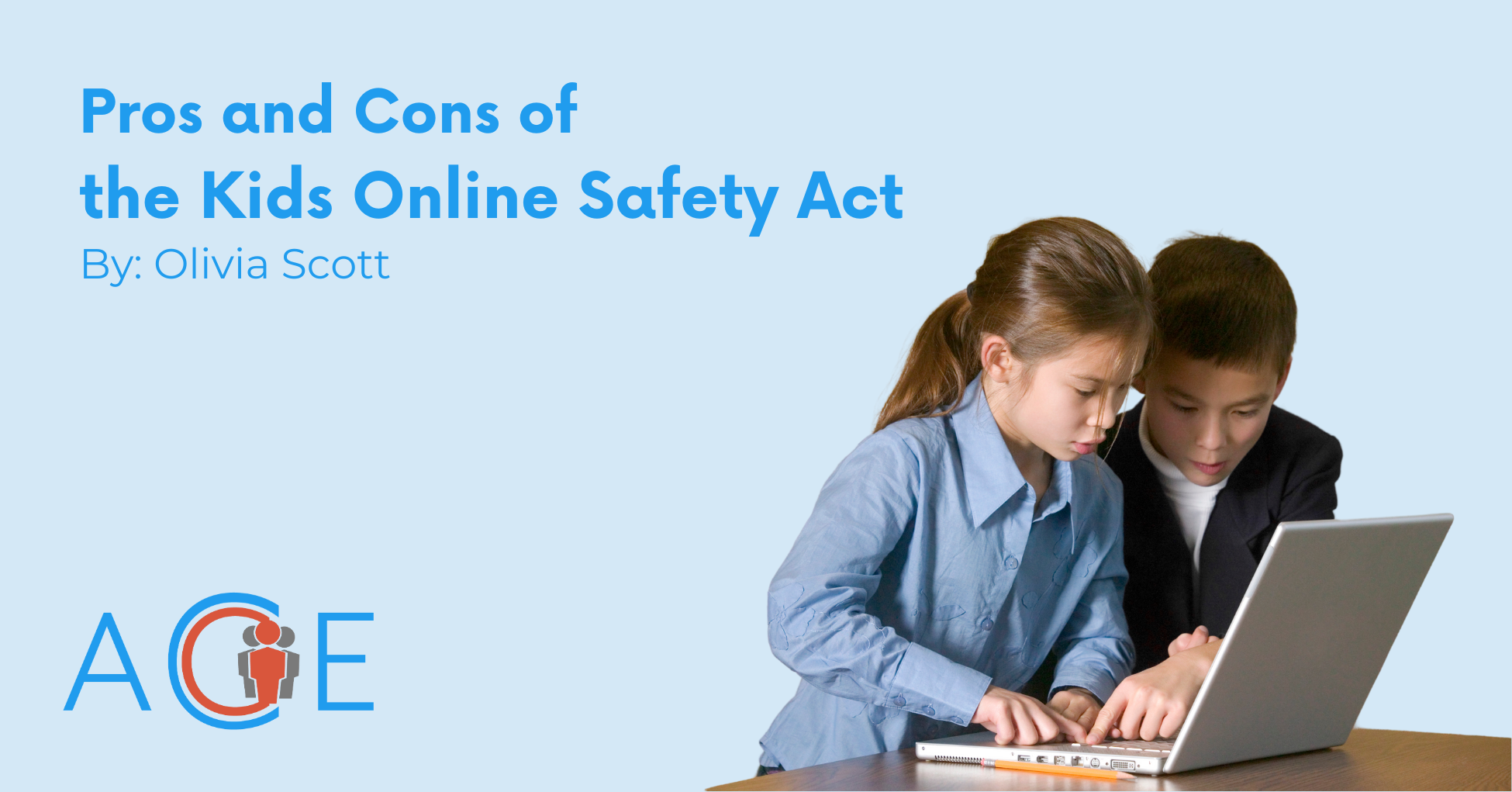Despite an unprecedented demand for mental health and substance use services in the U.S., psychiatric hospitals utilize electronic health records (EHRs) at significantly lower rates than general medical practices. EHRs are electronic versions of patient health profiles, and include information such as relevant demographics, past diagnoses and treatments, lab report data, and vaccination history. EHRs are nearly ubiquitous in general medicine due to their ability to facilitate coordination between providers and reduce duplication in testing and treatment. The Behavioral Health Information Technology (BHIT) Coordination Act of 2023 aims to develop standards for mental health EHRs, promoting their adoption nationwide. If passed, the bill would allocate $20 million annually to grant funding for mental health providers over five years beginning in 2024.
The Problem
The U.S. is facing a growing mental health and substance use crisis, with 21% of adults experiencing mental illness and 15% affected by substance use disorders. The pandemic exacerbated this issue, increasing symptoms of anxiety and overdose deaths, yet the demand for mental health services has not fully rebounded. In response, experts emphasize the urgent need for technology infrastructure to support behavioral healthcare and address these escalating issues.
Research indicates a significant gap in EHR adoption between general and psychiatric hospitals. An analysis of American Hospital Association survey data from 2019 and 2021 found that 86% of general acute care hospitals had adopted a 2015 Edition certified EHR, compared to only 67% of psychiatric hospitals. Outdated privacy laws requiring providers to segregate their health records from others and inconsistent state regulations create challenges for mental health record sharing. According to the National Institutes of Health (NIH), privacy and disclosure laws for mental health records vary widely from state to state. Some states, like Massachusetts and Colorado, require strict consent procedures to share mental health records, while others, like Kansas and Mississippi, allow broader disclosures without patient consent.
While the HITECH Act of 2009 allocated federal funds to incentivize the use of EHRs in healthcare systems, behavioral health systems were excluded from these incentive payments. Researchers believe this omission was likely due to the difficulty of reconciling national standards with the patchwork of differing state-level mental health privacy laws.
The Plan
Behavioral health integration is becoming an increasingly high priority for both the healthcare industry and the federal government. Leaders at the Office of Policy of the National Coordinator for Health IT (ONC) and the Substance Abuse and Mental Health Services Administration (SAMHSA) are looking to revamp EHR systems to be friendlier to behavioral health needs. Beginning in FY25, the BHIT Coordination Act aims to reach this goal by providing $20 million a year in grant funding. Specifically, under the Act, the ONC must grant awards to behavioral health care providers, including physicians, psychologists, and social workers, to support integration and coordination of services. These grants can be used to purchase or upgrade technology to meet specified federal certification standards for health information technology.
The Pros
Proponents argue that enhanced adoption of Electronic Health Records (EHR) under the BHIT Coordination Act can significantly strengthen behavioral healthcare by improving coordination and expanding access to resources for patients. These systems promote better integration of mental health and addiction treatment, improving the quality of behavioral healthcare overall. Considering the increasing oversight of the behavioral health industry, including financial penalties for underperformance and underreporting, proponents say EHR technology can help create more accountable care models.
Supporters argue that the integration of services through EHR systems can also bridge the gap between physical and behavioral health, enabling a “no wrong door” approach. This ensures that no matter how patients enter the healthcare system, they will have access to all available services. As Senator Cortez Masto, a strong supporter of the Act, stated, “Mental health is just as important as physical health, and it is essential that behavioral health care providers have the same access to the technology and electronic health records that other practices utilize daily.”
Proponents also point to research that suggests implementing EHRs helps improve patient safety by reducing errors and streamlining care processes. They hold that coordinated care improves efficiency across the system, which can lead to better outcomes. A study of more than 90 clinical trials found that collaborative care improves access to mental health services and is more effective and cost-efficient than standard treatments for anxiety and depression. Proponents say the BHIT Coordination Act could benefit psychiatric hospitals and residential treatment centers especially, which are crucial parts of the mental healthcare system.
Another potential benefit of the BHIT Coordination Act is that health IT data can be used to address clinical priorities, improve workflows, and provide technical information that helps better integrate services across behavioral health settings. Proponents emphasize that the data organization capabilities that come with EHRs can be valuable in identifying problems and improving healthcare delivery.
The Cons
The implementation of electronic health records (EHRs) and IT tools in behavioral health faces significant privacy and security challenges. As noted by the NIH, while these tools offer great potential to enhance behavioral health, they also create risks, particularly with sensitive data like narrative records which include personal histories and psychiatric diagnoses. This information, when exposed to breaches or misinterpretation, can have serious consequences for both patients and clinicians. If public health authorities disclose intimate information, individuals may suffer embarrassment, stigma and discrimination in employment, insurance and government programs. Although HIPAA privacy and security rules have been applied to protect psychotherapy notes and other behavioral health information, protecting this data remains a complex issue. Keeping records secure is a challenge that doctors, public health officials, and regulators are still working to fully address. Firewalls, antivirus software, and intrusion detection systems are needed to protect data. Employees must also follow strict rules to maintain privacy, such as avoiding sharing their EHR login information, always logging off, and using their own ID to access patient records. Critics of increasing EHR use in mental healthcare argue that providers must go to great lengths to ensure patient information stays confidential, which poses a risk of sensitive data leaks.
Distrust for EHRs and health IT technology also stands in the way of being able to integrate these technologies in behavioral health settings. Concerns about unauthorized access are particularly prominent. According to a study, more than half of adults over 30 report being either “very” or “somewhat” concerned that an unauthorized person may access their records. Another study, published by the NIH, found that a majority of mental health clinicians expressed concern over privacy issues that arose after the adoption of EHRs, with 63% expressing low willingness to record confidential information in an EHR, and 83% preferring that the EHR system be modified to limit access to their patients’ psychiatric records. This distrust can lead patients to avoid clinical tests and treatments, withdraw from research, or provide inaccurate or incomplete health information.
The lack of clarity around health IT standards further complicates EHR implementation. There are still many unknowns regarding how to integrate EHRs in behavioral health settings. Although the BHIT Coordination Act plans to invest in developing EHRs and necessary equipment to enable the exchange of electronic health information, there is a lack of clear guidelines on how to fulfill these goals while ensuring the IT tools meet the needs of behavioral health practices.
Conclusion
The BHIT Coordination Act aims to address the significant gap in EHR adoption between behavioral health providers and general medical practices. By providing funding to enhance the development and interoperability of mental health EHRs, the Act strives to improve care coordination for patients with mental health and substance use disorders. However, privacy concerns remain a critical issue; protecting sensitive information is essential to gaining the trust of both providers and patients. Balancing the need for improved data sharing with strong privacy protections will be key to the Act’s success.




